In the heart of Baixo Alentejo, a vast territory preserves ancient rhythms and landscapes shaped by centuries of human-river interaction. According to Visit Alentejo, this protected area was established to highlight the relationship between natural heritage and discreet human presence.
Amidst mountains and waterways, rare species and traces of ancient human occupation can be found. Between gentle hills and steep valleys, vegetation adapts to prolonged droughts. Over 500 species of flora and about 200 of fauna inhabit this space, coexisting with small villages that maintain local traditions.
Contrasting Landscapes
Walking the trails reveals deep ravines, ancient mills, and weirs that once supported agricultural communities. The river, a central element, shapes this territory's physiognomy and provides vital habitats for otters and birds of prey.
With the changing seasons, Vale do Guadiana Natural Park alternates between lush green fields in spring and arid cliffs in the peak of summer. This natural mosaic attracts visitors seeking silence and direct contact with the land.
Tradition and Human Presence
Nearby settlements hold remnants of castles, churches, and ruins that attest to the region's historical significance. The Institute for Nature Conservation and Forests (ICNF) notes that some archaeological sites reveal how ancient civilizations utilized the river for trade and agriculture. In Mértola, a museum-village on its banks, one finds privileged access points to the heart of the park.
Here, hiking routes, bird-watching trails, and environmental interpretation spaces intersect.
Rare Species Habitat
The Bonelli's eagle, the Eurasian eagle-owl, and various bat species find refuge in the valley's cliffs. Controlling human activities like hunting and extensive farming has been crucial to maintaining the ecosystem's balance.
This fragile yet resilient balance makes Vale do Guadiana Natural Park a study site for biologists and conservationists. Monitoring and awareness programs are implemented in collaboration with universities.
Controlled Nature Tourism
The ICNF emphasizes that visits are encouraged within limits that respect local biodiversity. Marked hiking trails and interpretation centers help distribute visitors without overwhelming sensitive areas.
Demand has been rising, especially from those preferring off-the-beaten-path travel. The region focuses on low-impact nature tourism, promoting rural accommodations and local products.
Conservation Challenges
Despite efforts, desertification and climate change pose management challenges. Water scarcity in critical periods may affect wildlife, while the abandonment of traditional farming practices alters soil balance.
Reforestation and species reintroduction projects are among the strategies being considered to ensure the park's resilience. Constant vigilance is needed to prevent fires and illegal hunting.
Balance Between Man and Nature
Between the riverbanks and hills, local communities continue to adapt, maintaining activities like shepherding and olive cultivation. The proximity between traditional lifestyles and controlled tourism strengthens the valley's identity.
Those who traverse these paths understand that Vale do Guadiana Natural Park is more than a natural park: it's a territory where silence, biodiversity, and human history balance. A place where every river bend hides narratives extending into the present.









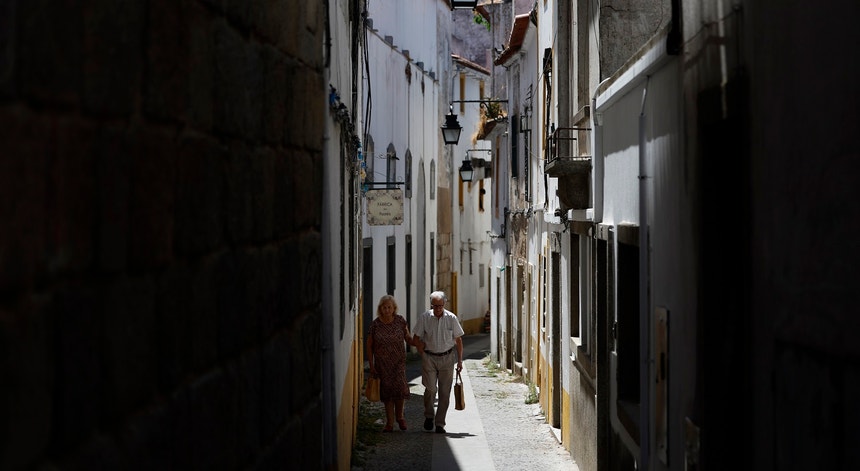


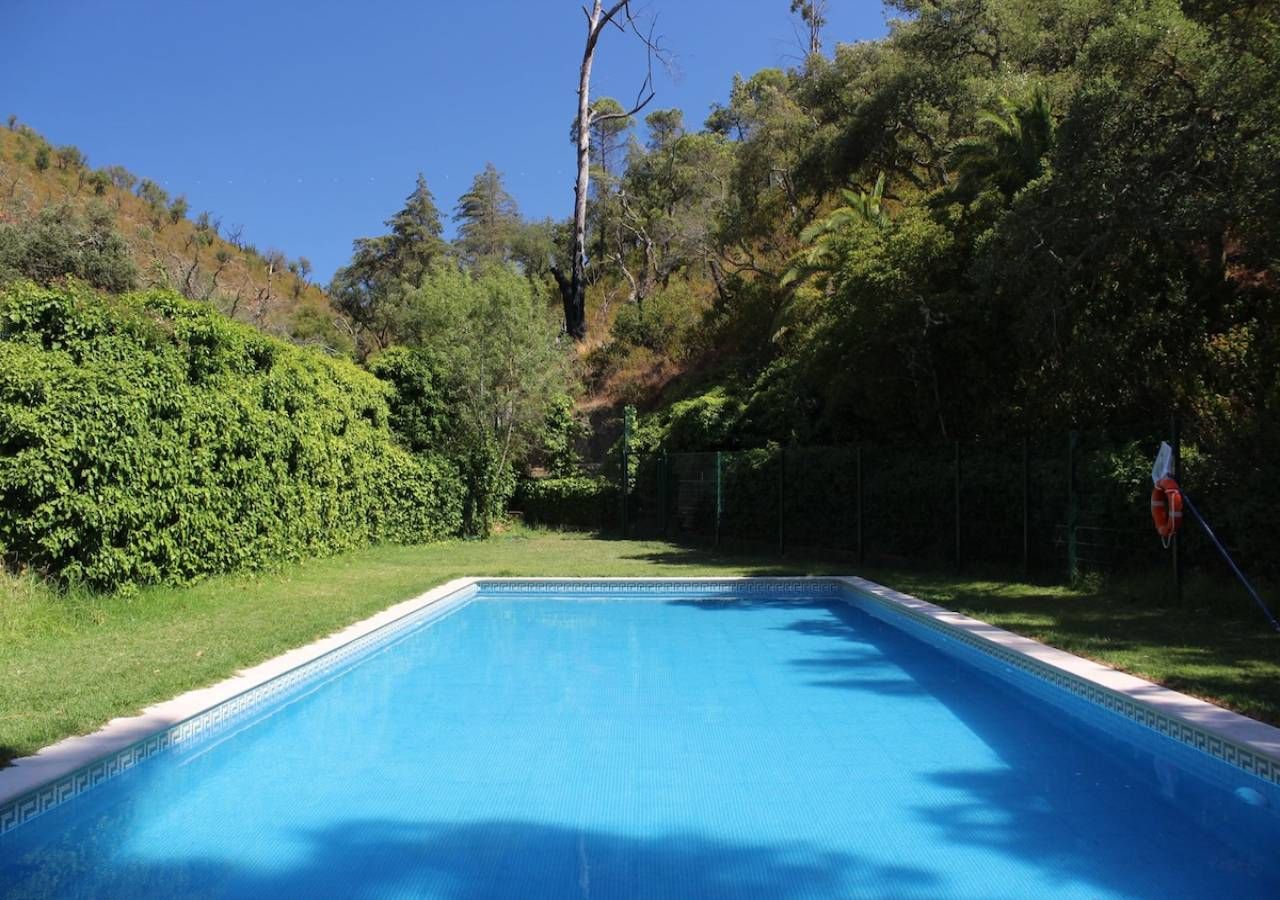









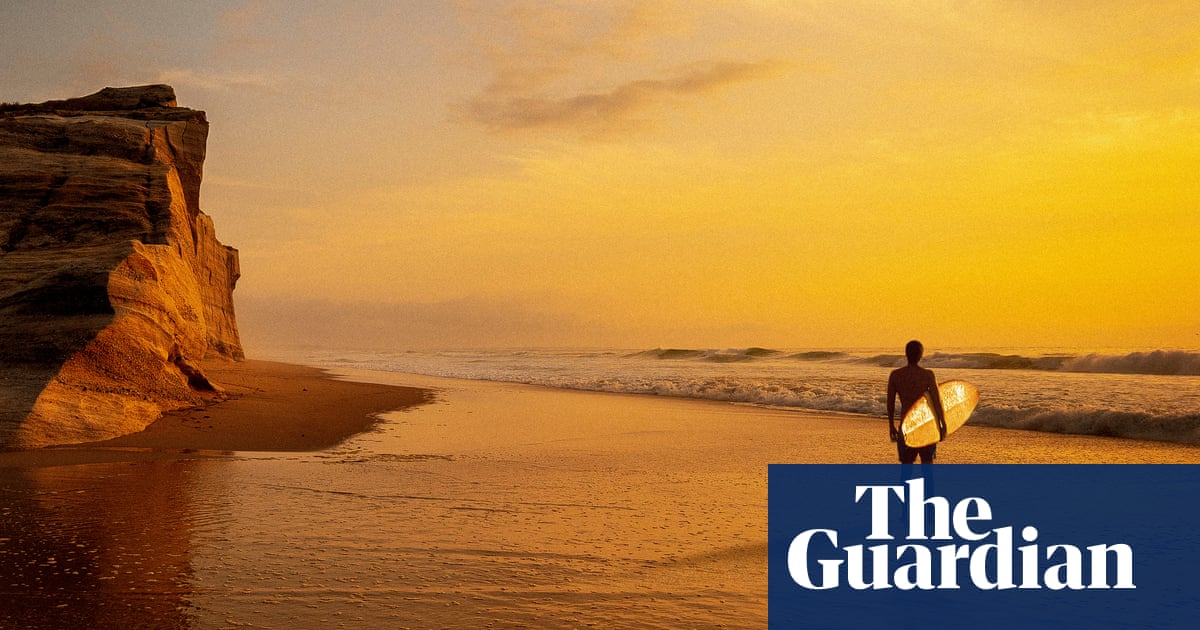


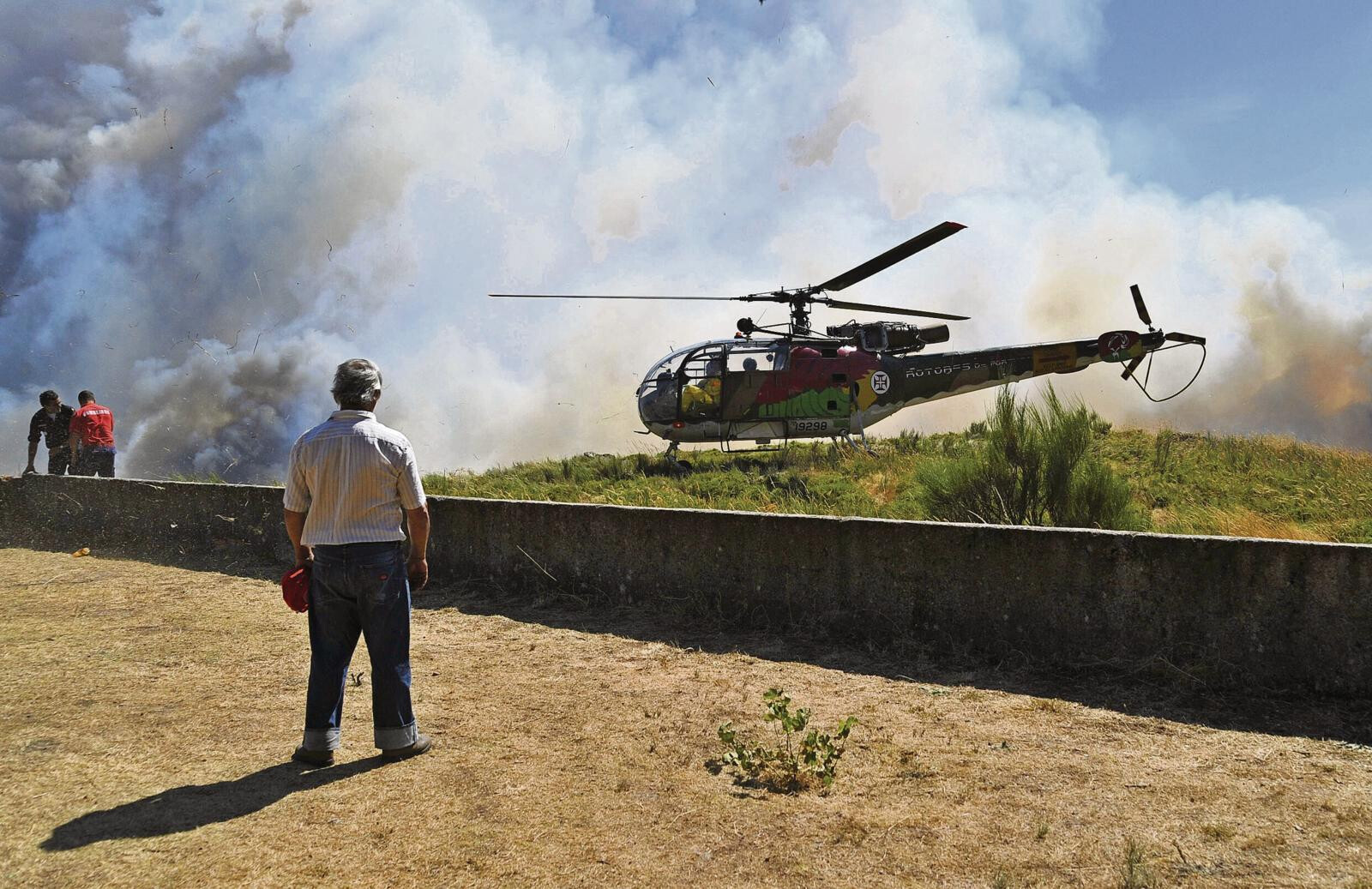
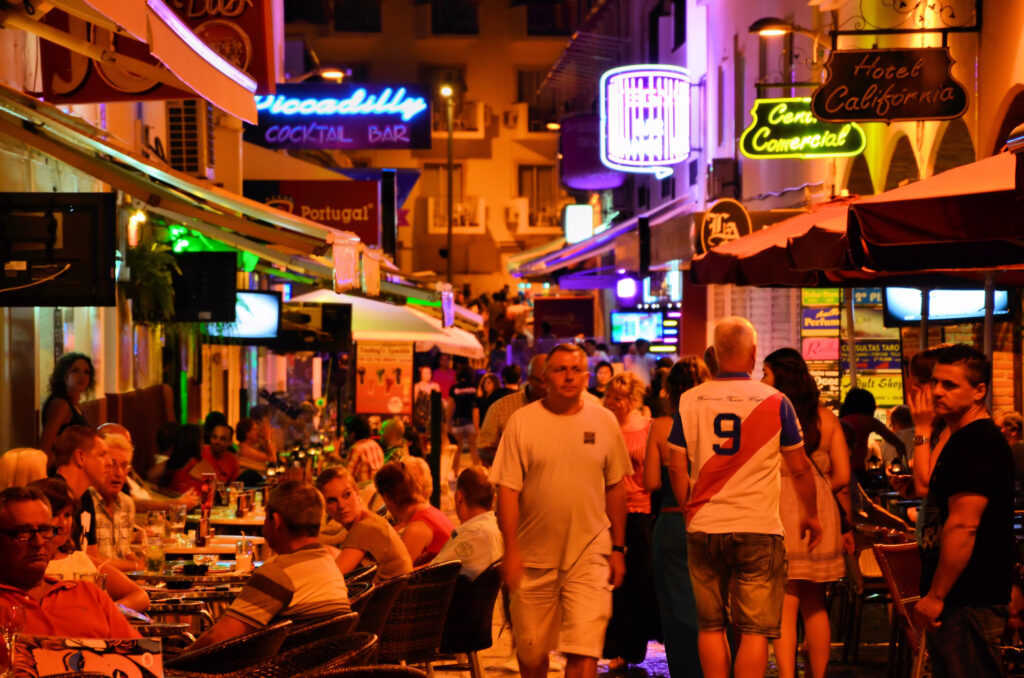



Comments
Join Our Community
Sign up to share your thoughts, engage with others, and become part of our growing community.
No comments yet
Be the first to share your thoughts and start the conversation!